It is no accident that African Americans disproportionately smoke menthol cigarettes and suffer and die more than whites from tobacco-related disease. Dating as far back as the 1950’s, the tobacco industry was developing deliberate strategies to increase tobacco sales to the African American community. They endeavored to curry favor among African American leaders and organizations while simultaneously ramping up their efforts to increase menthol product appeal to the African American community.
The tobacco industry was one of the first to hire and promote Blacks. They advertised in cash-strapped African American publications and provided funding to African American-centric community, cultural and political organizations including the Urban League, NAACP, and the Congressional Black Caucus. The industry supported the United Negro College Fund and provided scholarships and internships to aspiring Black students. They poured money into sponsoring cultural, civic and athletic events such as the Ebony Fashion Fair, the Kool Jazz Festival, and the Jackie Robinson Foundation Awards Dinner. In a particularly cynical move, Philip Morris saluted Nelson Mandela’s release from prison during Black History Month in 1990 to promote its $60 million Bill of Rights campaign, a campaign specifically intended to strengthen its self-interested notion of “smokers’ rights.”
The point of all this strategic “philanthropy” was to insulate the industry from criticism and resistance to their aggressive peddling of menthol cigarettes directly to the African American community. And it worked. In 1953, only 5% of African American smokers used menthol; today, nearly 9 in 10 Black smokers do. To learn more, view Black Lives/Black Lungs, a short film documenting how the tobacco industry transformed menthol into a “black cigarette.”
Next week: Policy solutions to help end racial health disparities.
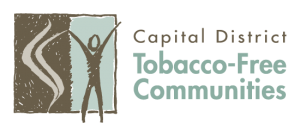

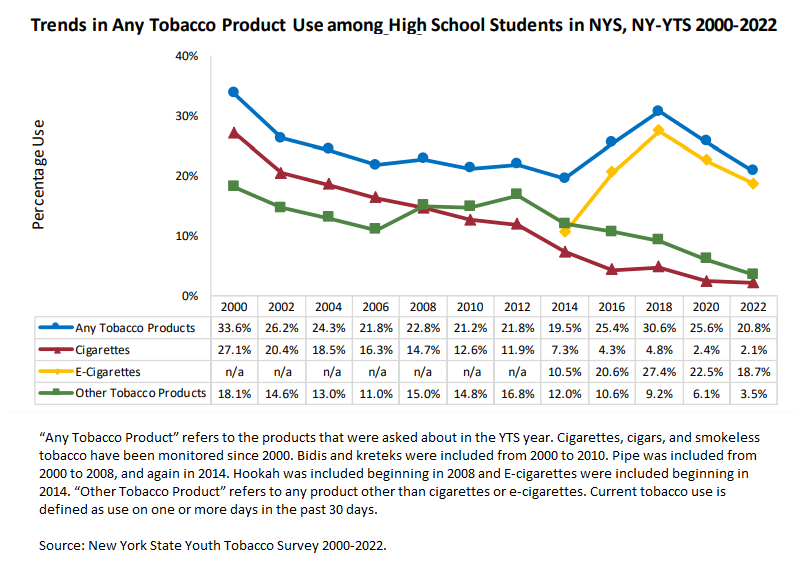
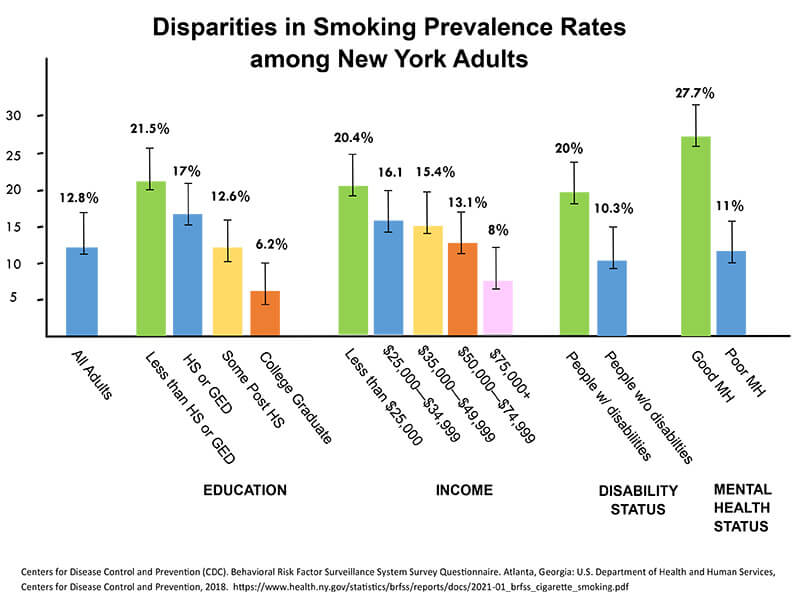
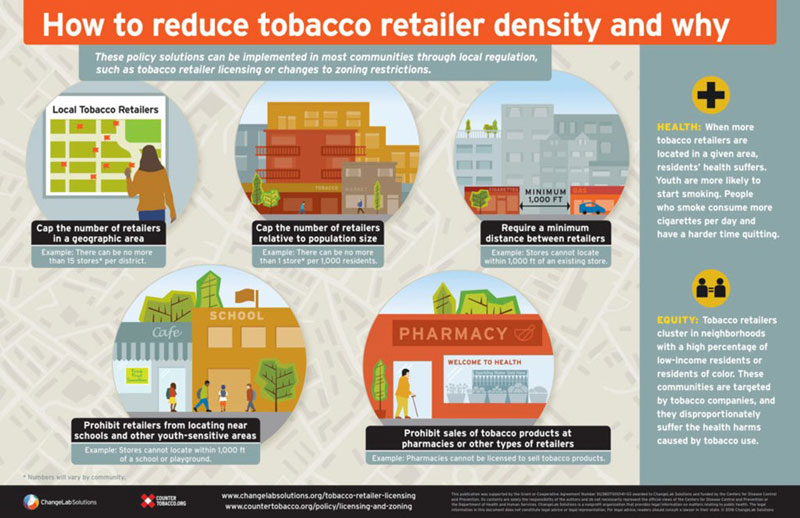
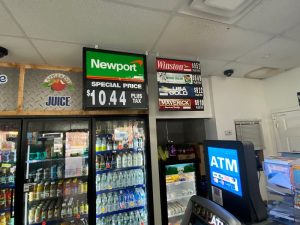
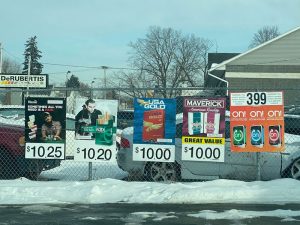

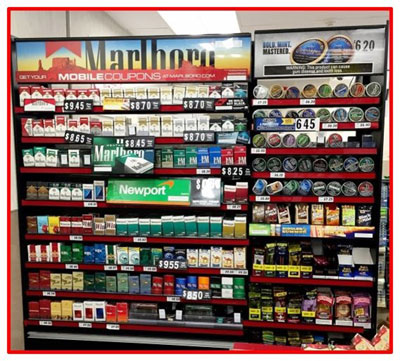 To the left is a typical tobacco product display. If you don’t use tobacco, you may not even notice, but kids do. Kids see. Kids notice. Kids remember. In fact, kids are more than twice as likely as adults to notice and remember retail tobacco marketing.
To the left is a typical tobacco product display. If you don’t use tobacco, you may not even notice, but kids do. Kids see. Kids notice. Kids remember. In fact, kids are more than twice as likely as adults to notice and remember retail tobacco marketing.